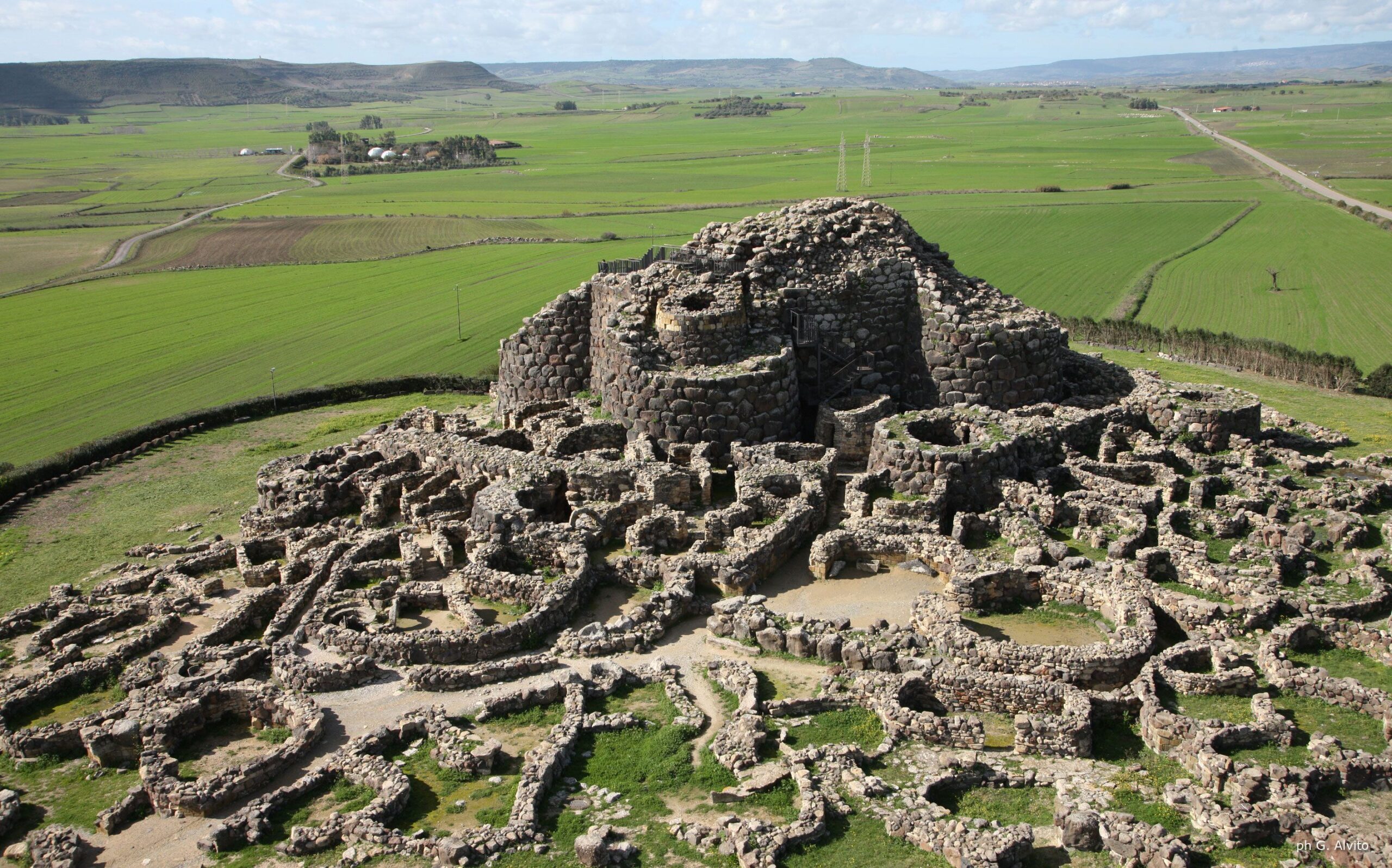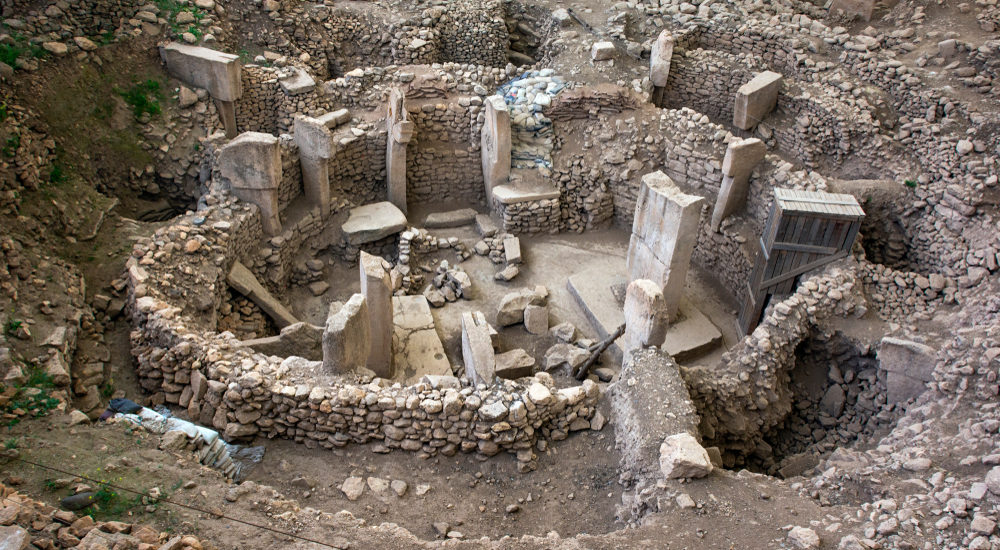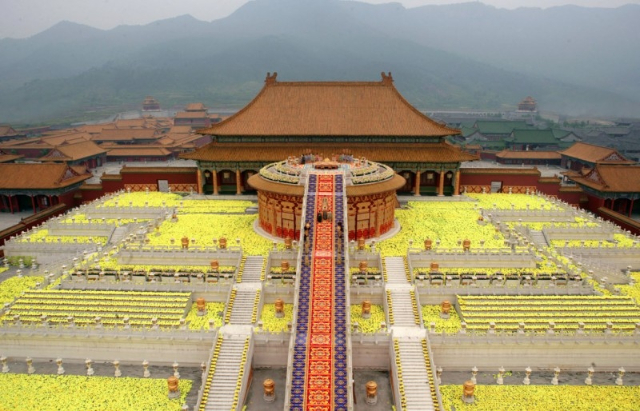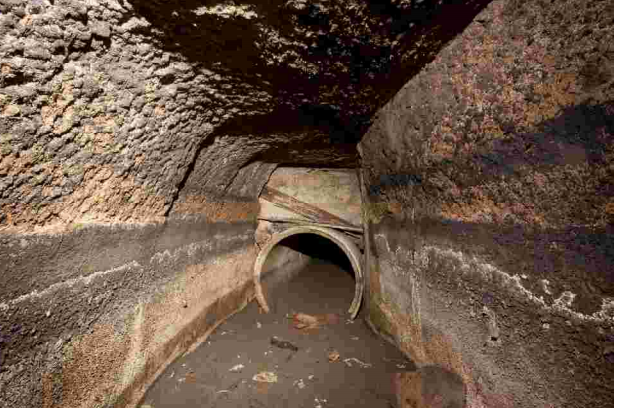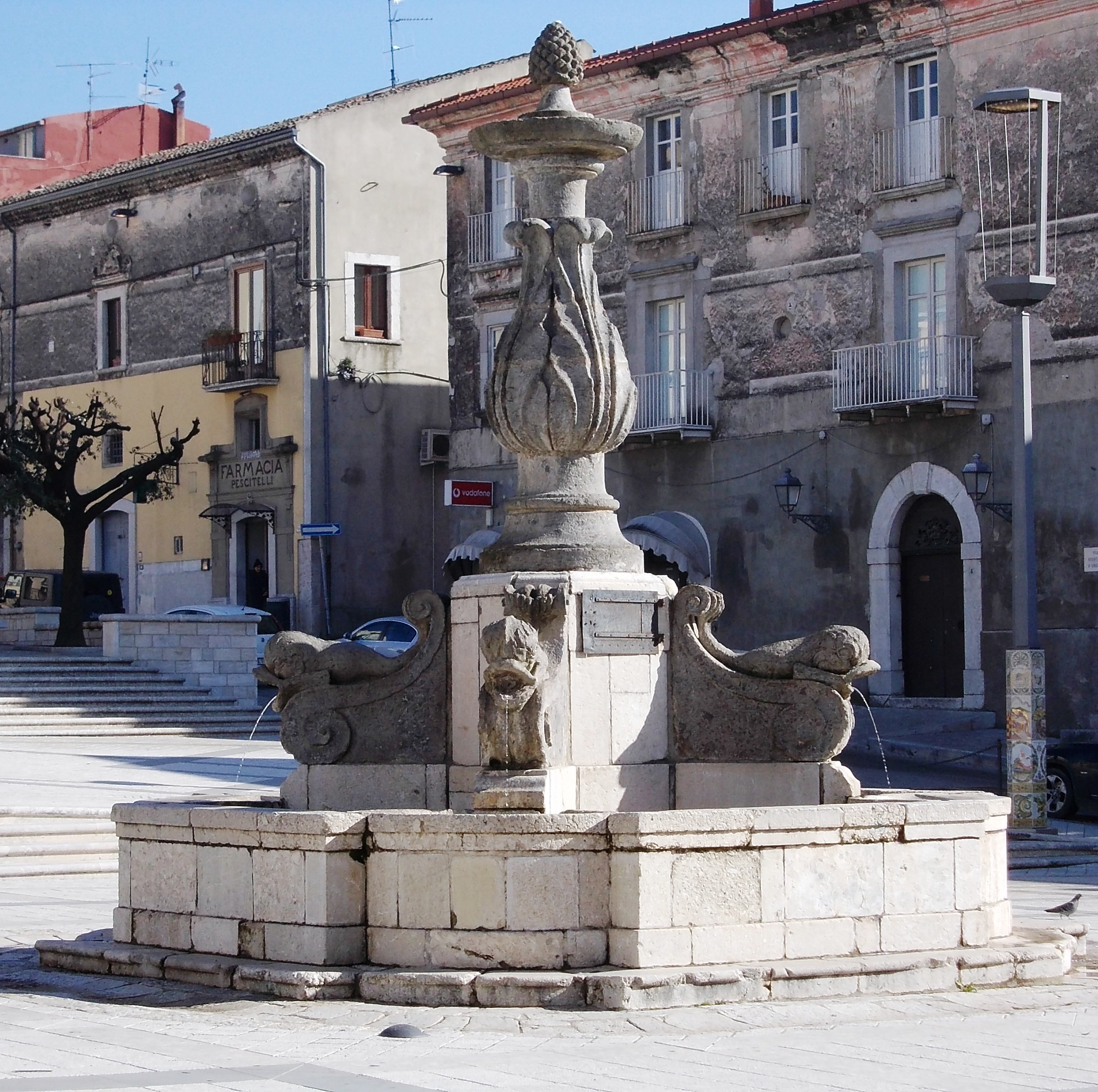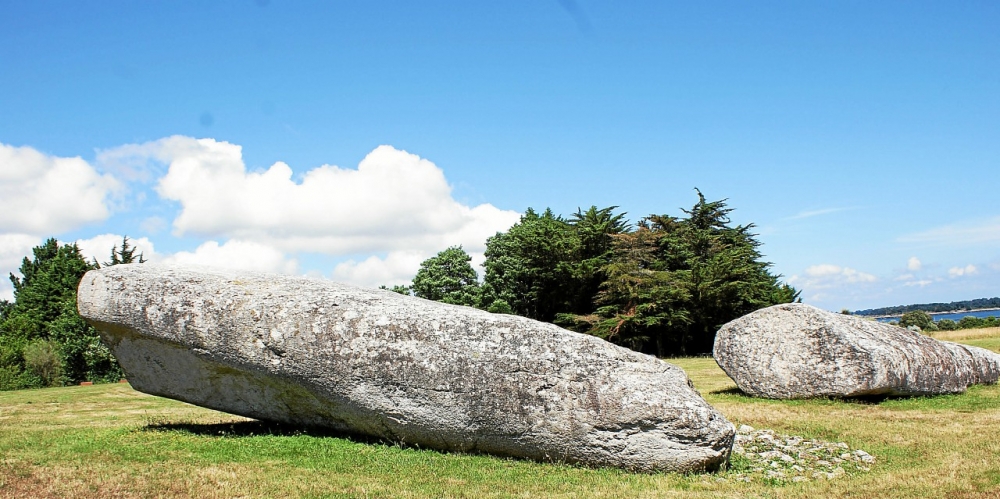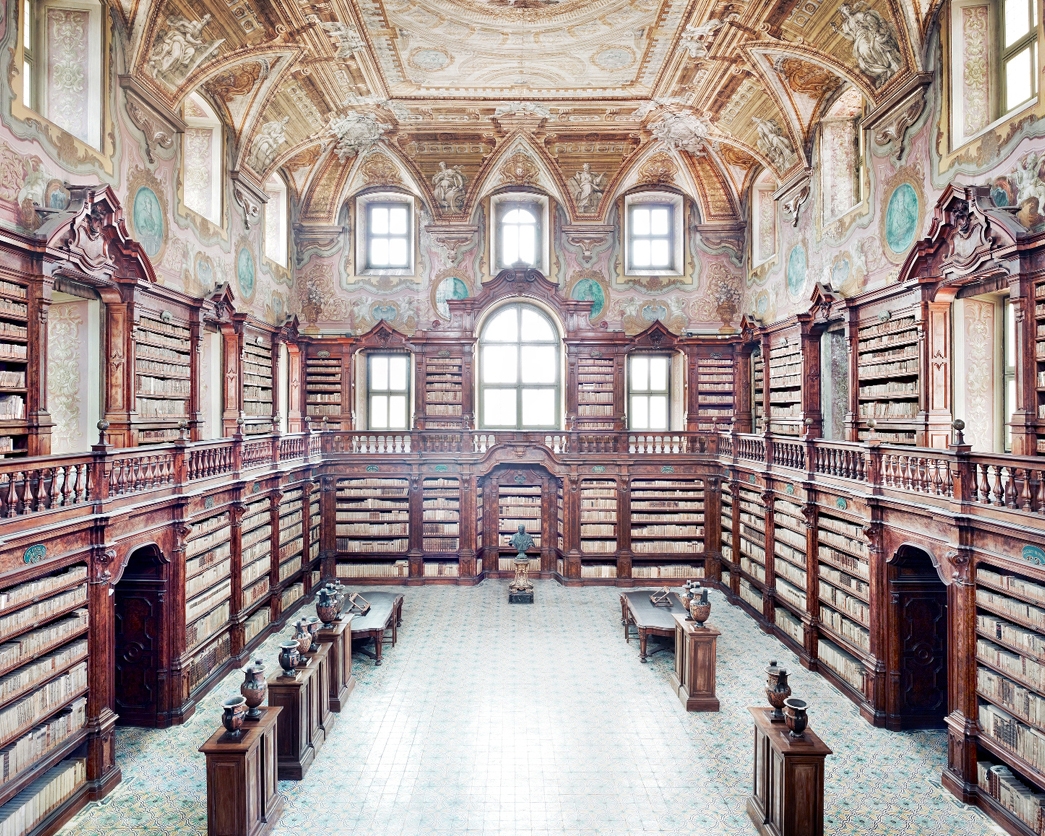The nuragic complex of Barumini is the most important archaeological site in Sardinia and is located near Barumini, in the province of Medio Campidano.
Recognized by UNESCO as a World Heritage Site, "Su Nuraxi" of Barumini is the most complete and best preserved example of nuraghe and at the same time it testifies an innovative and imaginative use of materials and techniques available, by a prehistoric community. The village of Barumini with its nuraghe "Su Nuraxi" shows that this territory has been inhabited since the Bronze Age. The nuraghi were defensive towers in the shape of a truncated cone made with large dry boulders, equipped with internal rooms. In the case of the village of Barumini, the nuraghe is placed inside an enclosure made up of smaller towers, connected by massive walls.
Around these main buildings there was the village with small circular houses. You can also find other rooms for specific domestic or ritual activities. The huts of the Nuragic village date back to the VII-VI century B.C., when the territory was under Punic and Roman domination.
The outer curtain wall, on the other hand, is even older and presupposes the settlement of other populations in the Iron Age (between the ninth and eighth centuries BC). This curtain wall is itself a modification to an antemural (i.e. a first defence wall) which incorporates the oldest section of the village dating back to the Bronze Age, between the 11th and 10th centuries BC.
The peculiarity of Barumini is that you can visit not only a simple watchtower, although very ancient, but you can also walk through the remains of an entire village thousands of years ago.
